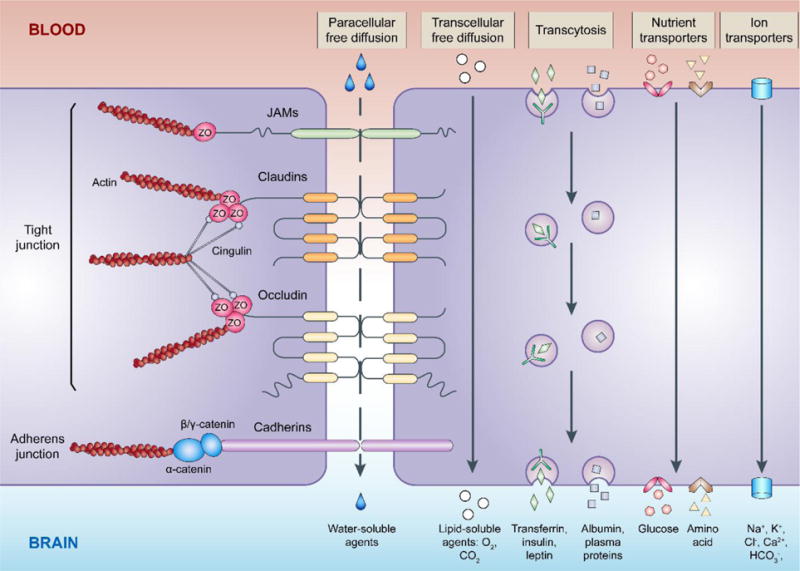Fig. 1. Regulation of the movement of molecules between blood and brain by microvascular endothelial cells under physiological conditions.

The junctional complexes between brain microvascular endothelial cells include tight junctions and adherens junctions. Major transmembrane proteins of the junctional complexes, such as claudins and occludin (tight junction), cadherins (adherens junction), and junctional adhesion molecules (JAMs), are normally linked to the actin cytoskeleton through plasma proteins zonula occludens (ZO), cingulin, and catenin. Paracellular free diffusion of water-soluble substances along the concentration gradient is highly restricted by tight junctions. Small lipophilic substances effectively diffuse across the endothelium through transcellular pathways. Low levels of transcytosis also occur in endothelial cells, either receptor dependent or receptor independent. An array of endothelial transporters is expressed and responsible for moving nutrients, such as glucose and amino acids. In addition, various ion transporters carrying Na+, K+, Cl−, HCO3−, Ca2+ and other ions are involved in maintaining brain ion homeostasis.
